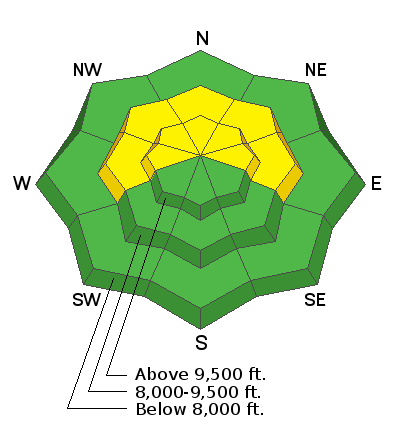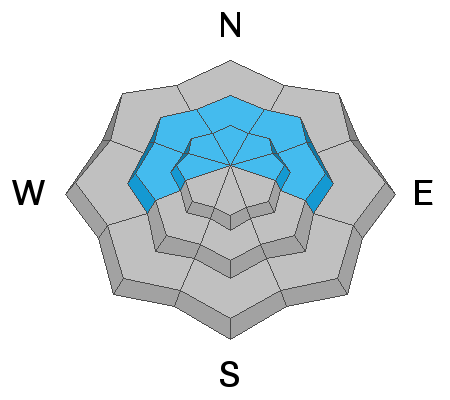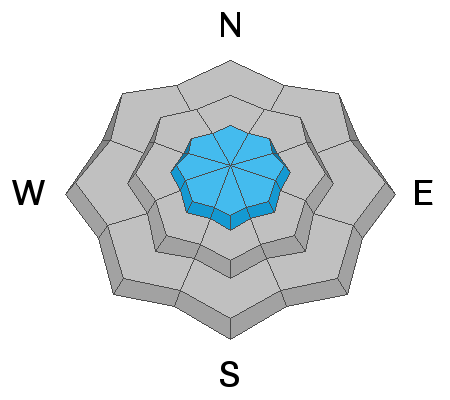Forecast for the Salt Lake Area Mountains

Issued by Nikki Champion on
Thursday morning, March 31, 2022
Thursday morning, March 31, 2022
Today, there is a MODERATE avalanche danger on steep slopes facing west to north to east at mid and upper elevations where a buried persistent weak layer of faceted snow from January and February exists. This layer has gotten wet and since gained strength as it cooled and refroze, but the snow structure is still weak and it continues to deserve evaluation.
Also, look for and avoid any areas with obvious signs of wind drifted snow on all upper elevation slopes.
The remaining aspects and elevations have a LOW avalanche danger.

Low
Moderate
Considerable
High
Extreme
Learn how to read the forecast here










